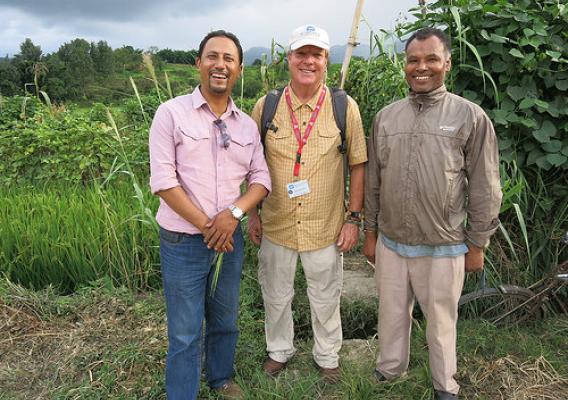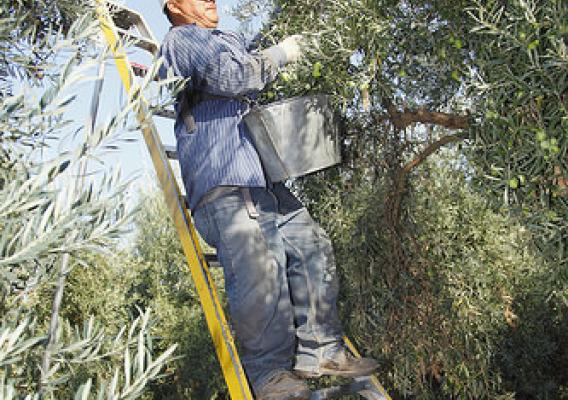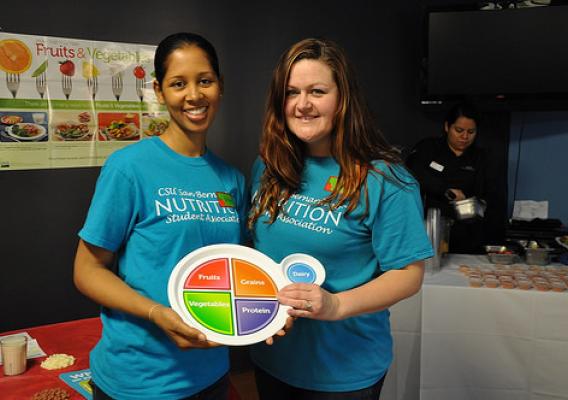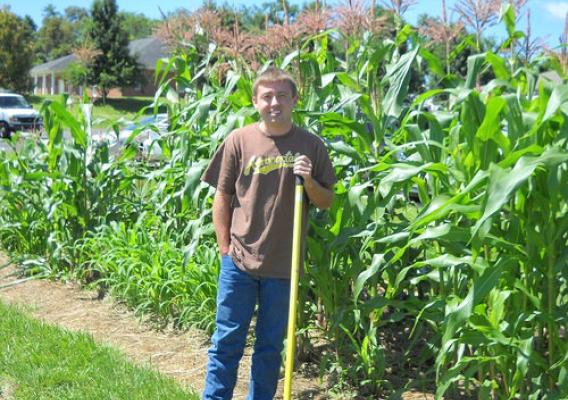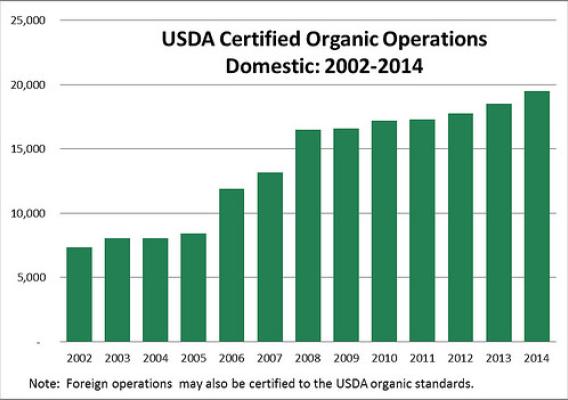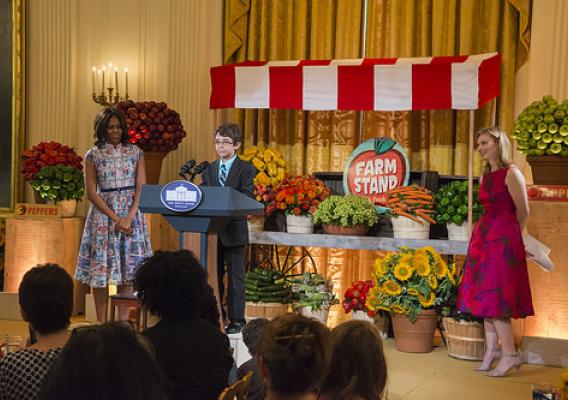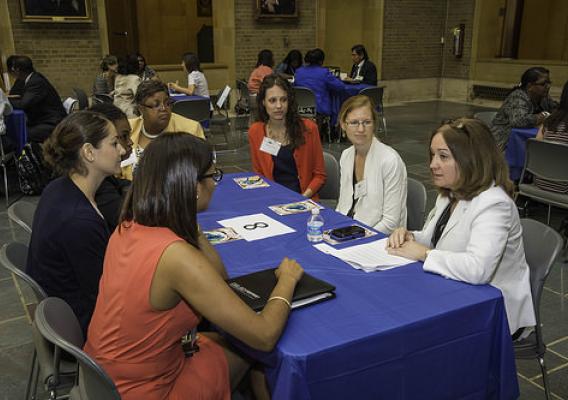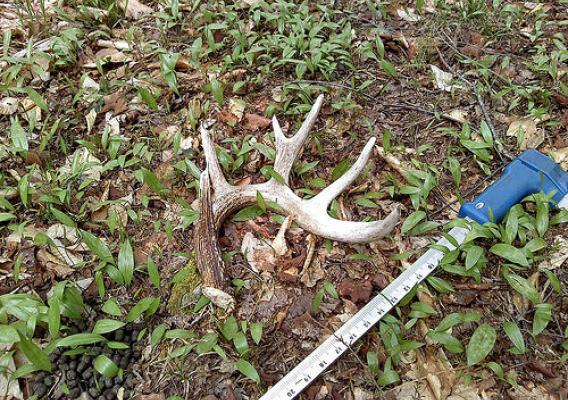The Census of Agriculture is the most complete account of U.S. farms and ranches and the people who operate them. Every Thursday USDA’s National Agricultural Statistics Service will highlight new Census data and the power of the information to shape the future of American agriculture.
It seems that we have just wrapped up the most recent Census of Agriculture, and yet it’s been a year since those data came out. Since then we have also been able to fully wrap up follow-on surveys on irrigation and aquaculture. The latter is especially relevant to us here in Louisiana, as we had 500 aquaculture farms, which sold $90.6 million worth of aquaculture products, according to the 2013 Census of Aquaculture.
Crustaceans (crawfish, shrimp, and prawns) were produced on 566 farms in the U.S. in 2013. Of these, 407 farms were In Louisiana. In 2013, the U.S. crustacean sales totaled $84.9 million, with 42 percent of all of these sales coming from Louisiana. That year our aquaculture farmers sold $35.3 million worth of crustaceans. U.S. farms producing mollusks, including snails, oysters and clams, totaled 756 with sales totaling $329 million. Louisiana had 39 farms producing mollusks with a sales value of $13.4 million.

